You'll want to buy a PS5 over a PS4 Pro if you have the money
Revolutionary
PS5
See at Best Buy See at Walmart
Pros
- Ultra-fast SSD
- 10.28 TFLOPS GPU
- PSVR compatible
- Digital edition available
- DualSense controller
Cons
- Appears to be quite large
- Likely to be expensive
Sony's PS5 is set to have one of the fastest SSDs on the market, making for unprecedented gameplay experiences and near-instant loading. Combined with a powerful GPU, the DualSense controller, a futuristic look, and a catalogue of upcoming exclusives, the PS5 should be one fantastic console.
Old technology
PS4 Pro
$452 at Amazon $400 at Best Buy
Pros
- Cheaper than PS5
- Appears to be smaller
- Actually available right now
Cons
- Weaker than PS5
- DualShock controller
- HDD
- Fans can sound like a jet engine
The PS4 Pro is nothing to sneeze at, even if it's weaker than the PS5. It still packs a 4.2 TFLOPS GPU and plays some of the best exclusive games in the business. It's also likely to receive a bit of a discount when the PS5 comes out, so if you're looking for a cheap entry point into gaming, this is for you.
The PS5 is leagues ahead of its younger sibling, but that doesn't mean it's the right console for everyone. The PS4 Pro can still deliver impressive gaming experiences at a (likely) cheaper cost. However, if you want the best of the best and always upgrade at the start of a new console generation, the PS5 is for you.
What's the difference?
The differences between the PS5 and PS4 Pro are much more than cosmetic. Sony ensured that the PS5 has entirely new architecture to meet today's standards. Players only expect the best. Therefore, some games will be coming to PS5 that can't run on PS4 Pro due to the sheer power and speed it takes to do so.
| PS5 | PS4 | |
|---|---|---|
| Price | Unknown | $400 MSRP |
| GPU | 10.28 TFLOPS, 36 CUs @ 2.23 GHz Custom RDNA 2 | 4.2 TFLOPS, AMD Radeon |
| CPU | 8x Cores @ 3.5GHz Custom Zen 2 | 8x cores @ 2.16 GHz Custom Jaguar |
| Memory | 16GB GDDR6 | 8GB GDDR5 |
| Storage | 825GB SSD | 1TB HDD |
| USB | USB 3.0 (unknown), USB-C | USB 3.0 (x3) |
| Controller | DualSense | DualShock 4 |
| Backward compatibility | Yes | No |
| PSVR support | Yes | Yes |
| Optical drive | 4K UHD Blu-Ray drive | 1080p HD Blu-Ray drive |
| Weight | Unknown | 7.3 lbs |
| Size | Unknown | 327mm x 295mm x 55mm |
What these features mean to you
If you don't understand some of these terms are or how they affect your gaming experience, we'll help break down what they mean and their importance.
CPU and GPU
The CPU (central processing unit) and GPU (graphics processing unit) work in tandem to deliver the best games that we all love to play. You can think of them as the brains of the console and determine its power and performance. The GPU creates and renderd every image you seen onscreen, and the CPU performs countless calculations to keep everything running. Bigger numbers in this regard is good because it means it can process information faster and more reliably.
The CPU and GPU work in tandem to deliver the best games possible.
The PS5's specs should eliminate bottlenecks found in previous generations, opening up new ways for developers to create games with more intricate gameplay systems in place.
This added power should also allow the PS5 to potentially render games at 8K resolution and 120FPS, though not necessarily at the same time. For comparison, the PS4 Pro can hit 4K at 60FPS, but it does so infrequently and usually with upscaling techniques involved or dynamic resolution. The PS5 should be able to his this target much more consistently.
Memory and storage
Memory dictates how much data the system is currently using can be stored, read, and written at any given time. The PS5 uses 16GB of GDDR6 RAM (random-access memory), a much increased capacity and bandwidth compared to the RAM found in the PS4 Pro. Everything you see on screen is data that needs to be pulled from your game download to render it. The better your RAM, the more efficient it does this.
The PS5 uses a solid-state drive (SDD) as opposed to the PS4 Pro's HDD (hard disc drive) for its storage. This is important because an SSD allows for more data to be read faster. An SSD has no moving parts and data is stored on flash-memory chips. HDDs use moving mechanical parts to read/write information, thus making the process slower.
Games need to be rendered at lightning-fast speeds. That's what an SSD does best.
When everything you see on the screen needs to be rendered at lightning-fast speeds, you want an SSD. This will also cut back tremendously on load times, texture pop-in, and latency. It does not, however, affect frame rate or resolution.
Game installation should also work a little differently ont he PS5. PlayStation architect Mark Cerny said that PS5 games could be downloaded in configurable blocks. "Rather than treating games like a big block of data," he said, "we're allowing finer-grained access to the data."
This means that players can download parts of a game, like its multiplayer and single-player campaigns, separately. If you happen to beat a game's single-player campaign, you can then uninstall it while still keeping its multiplayer installed.
PSVR support
Both the PS4 Pro and PS5 support PSVR. Sony's detailed little about what PSVR will look like on PS5 other than stating that current PSVR headsets will work on it. The company is planning on a PSVR 2 headset sometime down the road, but it will not ship with the PS5.
It will not ship with the PS5.
Global Head of R&D for PlayStation Dominic Mallinson indicated that he'd like to see PSVR on PS5 support eye-tracking and be completely wireless. He also said that he expects resolution to "roughly double in the next set of VR products" with an increased field of view to 120 degrees. The controller should receive a massive overhaul as well.
For those who are unfamiliar with eye-tracking, it's a sensor technology that can track where a person's gaze is focused. This means that the device can can track the position and motion of your eyes relative to your head and the screen, ideally reducing eye strain and improving performance and immersion.
DualSense vs DualShock 4
The DualSense controller shipping with the PS5 is a major upgrade in almost every way compared to the DualShock 4. While it retains its inline symmetrical thumbstick layout, what lies underneath is far more important. The PS5 DualSense controller now supports haptic feedback and adaptive triggers, allowing players to actually feel the tension in actions that they perform, like pulling back a bow string.
According to Sony:
First, we're adopting haptic feedback to replace the "rumble" technology found in controllers since the 5th generation of consoles. With haptics, you truly feel a broader range of feedback, so crashing into a wall in a race car feels much different than making a tackle on the football field. You can even get a sense for a variety of textures when running through fields of grass or plodding through mud.
The second innovation is something we call adaptive triggers, which have been incorporated into the trigger buttons (L2/R2). Developers can program the resistance of the triggers so that you feel the tactile sensation of drawing a bow and arrow or accelerating an off-road vehicle through rocky terrain. In combination with the haptics, this can produce a powerful experience that better simulates various actions. Game creators have started to receive early versions of the new controller, and we can't wait to see where their imagination goes with these new features at their disposal.
Sony's big focus next-generation is immersion. Everything about the DualSense is meant to immerse you in the gameplay experience like never before. The DualShock 4 certainly wasn't capable of the same.
In addition to these major features, the DualSense will gave USB-C charging, a built-in microphone and Create button, and an improved lightbar. The face buttons also look as if they're much more tactile than those found on the DualShock 4. Overall, the DualSense sports a sleek designed that's paired up with some pretty impressive technology.
Backward compatibility
Backward compatibility is a way for older games to run on newer hardware. Though Sony hasn't clarified the type of system in place for its backward compatibility program, it is hoping to have an overwhelmingly majority of the PS4's library — around 4,000 games — playable on PS5.
The PS4, including the Pro, has no sort of backward compatibility to speak of. If you want to play older PS3 or PS2 games that you own, you'd need to re-buy them if they were ported over.
User interface
We haven't seen what the new user interface will look like on the PS5 yet, but according to Matt MacLaurin, Sony's VP of UX design at PlayStation, "no pixel is untouched."
"As it's UI it's practical first, but it's a whole new visual language and a complete rearchitecting of the user interface," stated MacLaurin. The PS5's UI is apparently "more subtle than flashy." He went on to say that it's a "100 percent overhaul of the PS4 UI and some very different new concepts."
Two different PS5 consoles
Sony's released a few different PS4s — like the PS4 Slim and PS4 Pro — over the years, but the company has only ever shipped one upon its initial launch. That's set to change with the PS5. Sony unveiled a digital edition of the PS5, which drops the disc drive, in addition to the normal PS5.
Other than the absence of a disc drive on the PS5 Digital Edition, Sony CEO Jim Ryan says that both consoles are identical.
As you saw, there is a small difference in the form factor of the two consoles. I'm sure you also observed, the basic design aesthetic is consistent between them. So there is that and the fact that the digital edition does not have a disk drive. That is it. Other than that, they are identical products.
It's unknown what either console will be priced at, but it's within reason that the PS5 Digital Edition will cost less than its counterpart.
Bottom line
There is no doubt that between these two consoles, the PS5 is superior in nearly every aspect. With far more advanced technology and the ability to play your old PS4 games, it's an easy choice. For anyone who hasn't upgraded this generation to a PS4 (or Xbox One) yet and is looking for a more affordable gaming experience, I'd recommend the PS4 Pro then, because the PS5 is sure to be expensive.
Next-gen
PS5
Coming this holiday
See at Best Buy See at Walmart
Sony's latest and greatest is set to ship this holiday season alongside Microsoft's Xbox Series X. The next generation of gaming is nearly upon us, and the PS5 should deliver some fantastic experiences.
current-gen
PS4 Pro
Still runs impressive games
$452 at Amazon $400 at Best Buy $453 at Walmart
While under-powered compared to the PS5, it's still a valid purchase option if you're looking to save money. It runs some of the best games in the business today like God of War, Horizon Zero Dawn, and The Last of Us Part 2.
from Android Central - Android Forums, News, Reviews, Help and Android Wallpapers https://ift.tt/31jnG9V
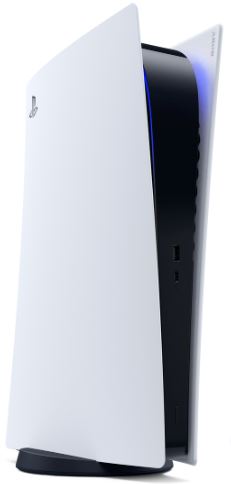
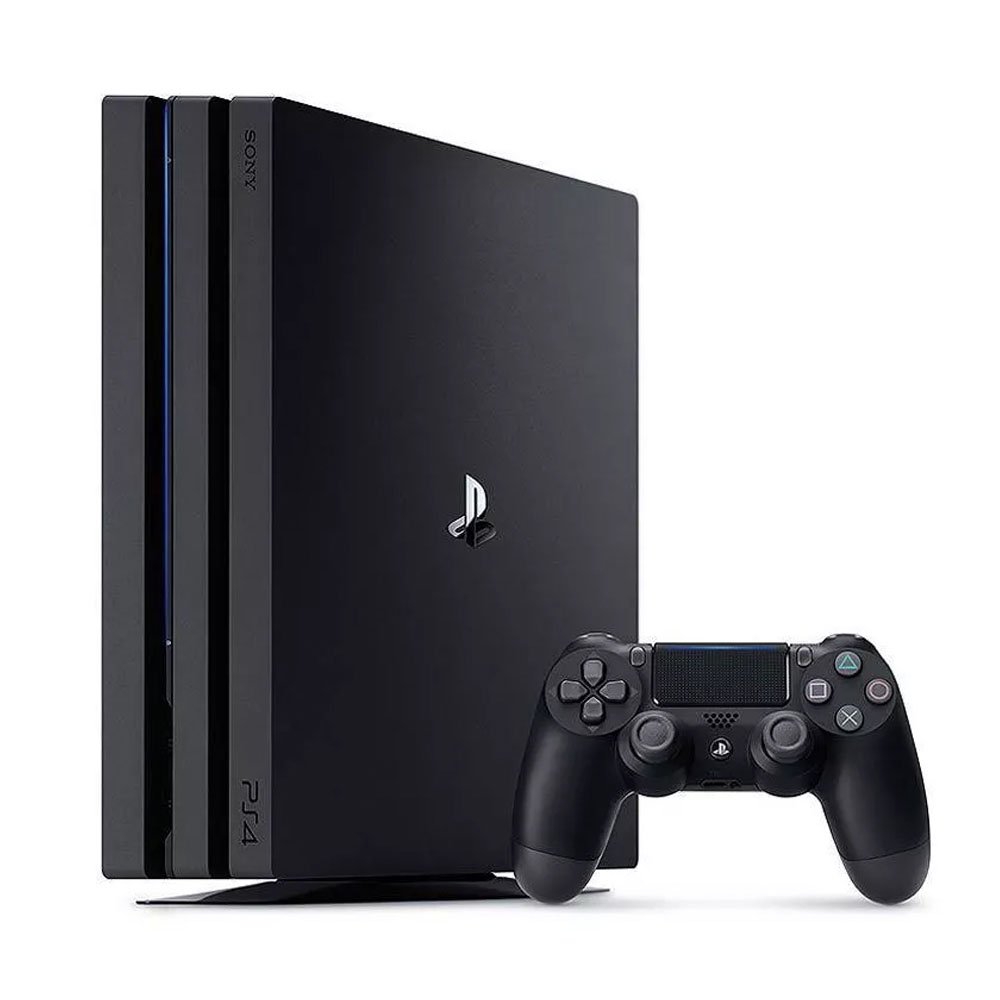
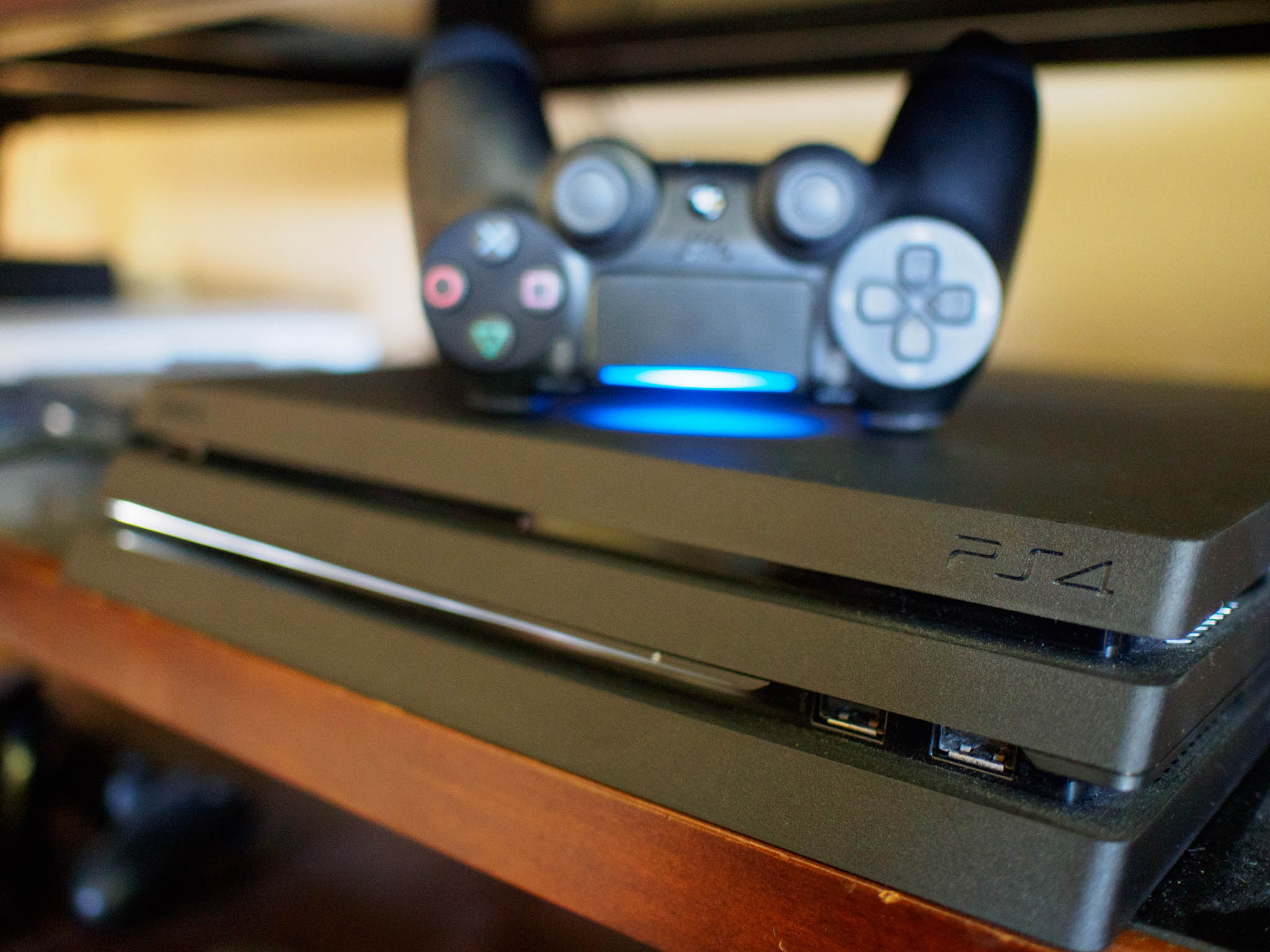

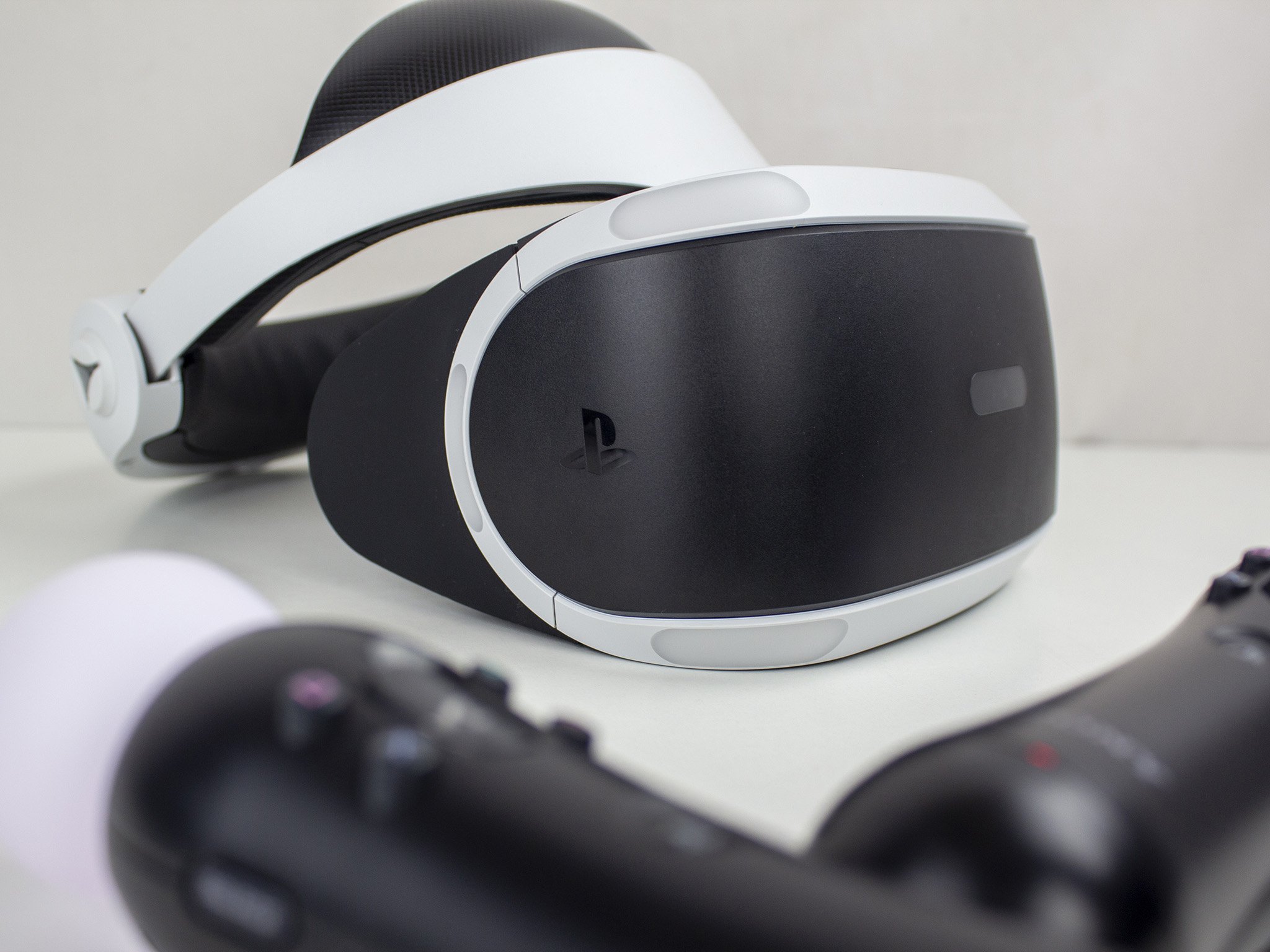
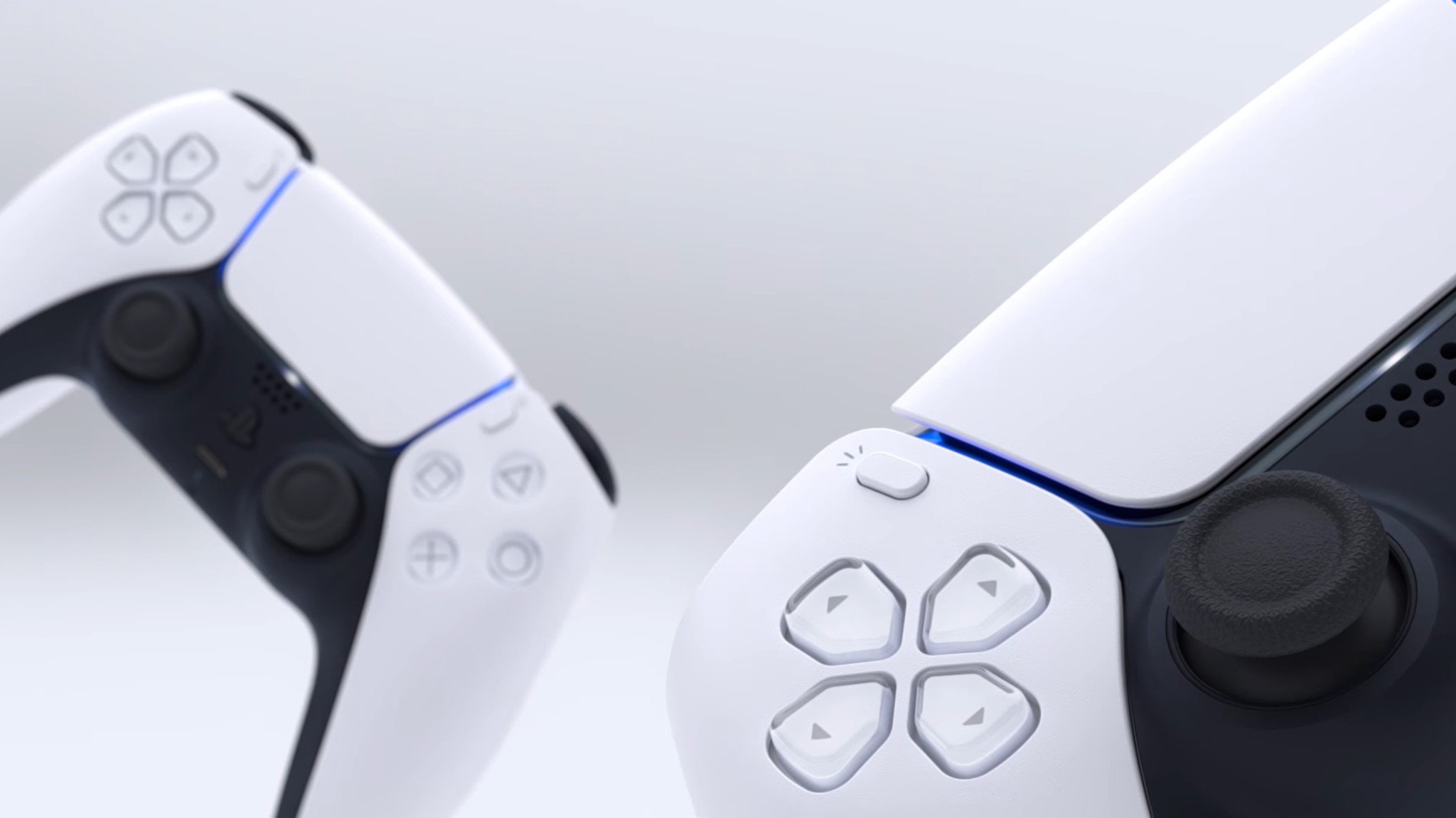

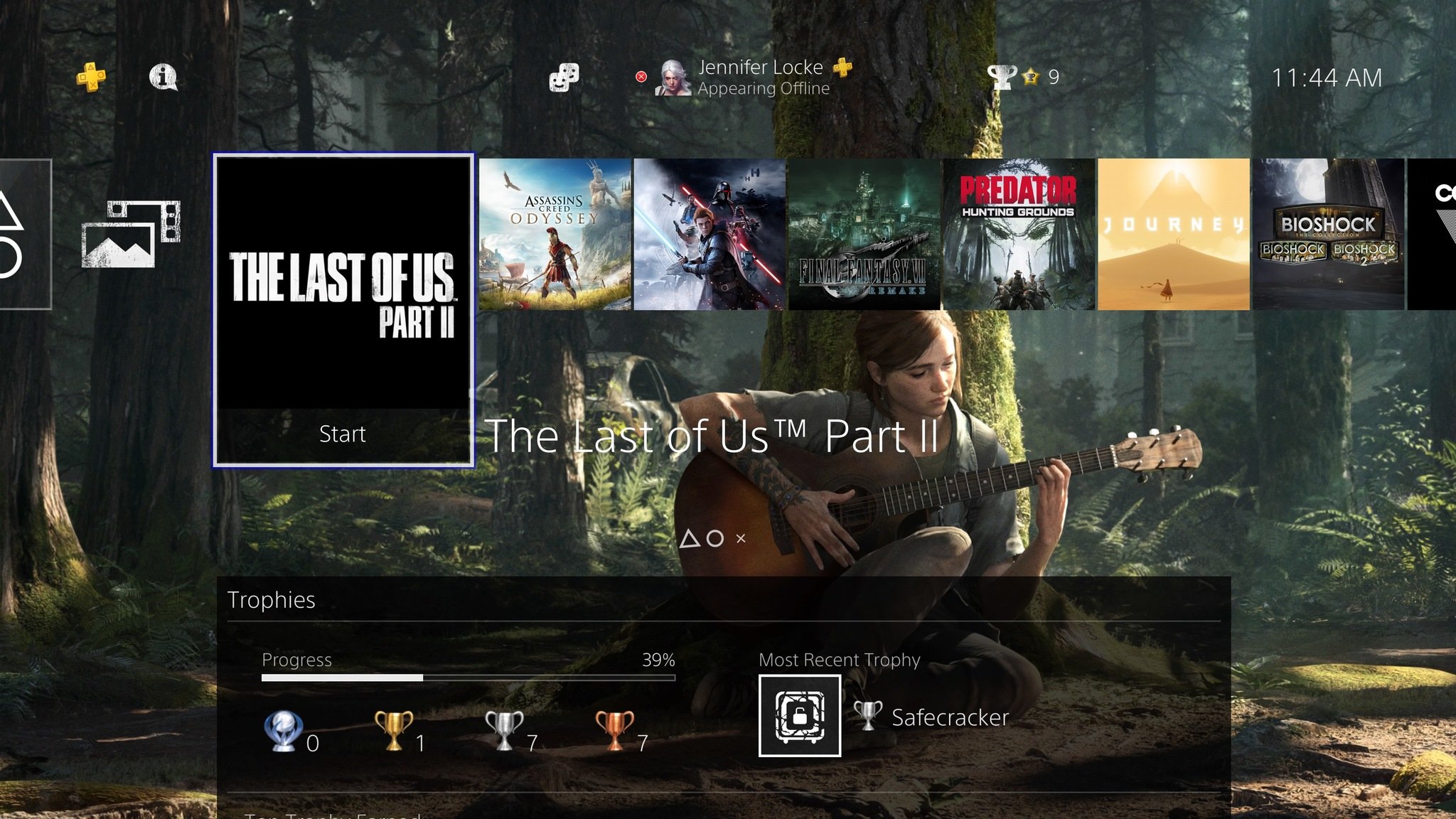

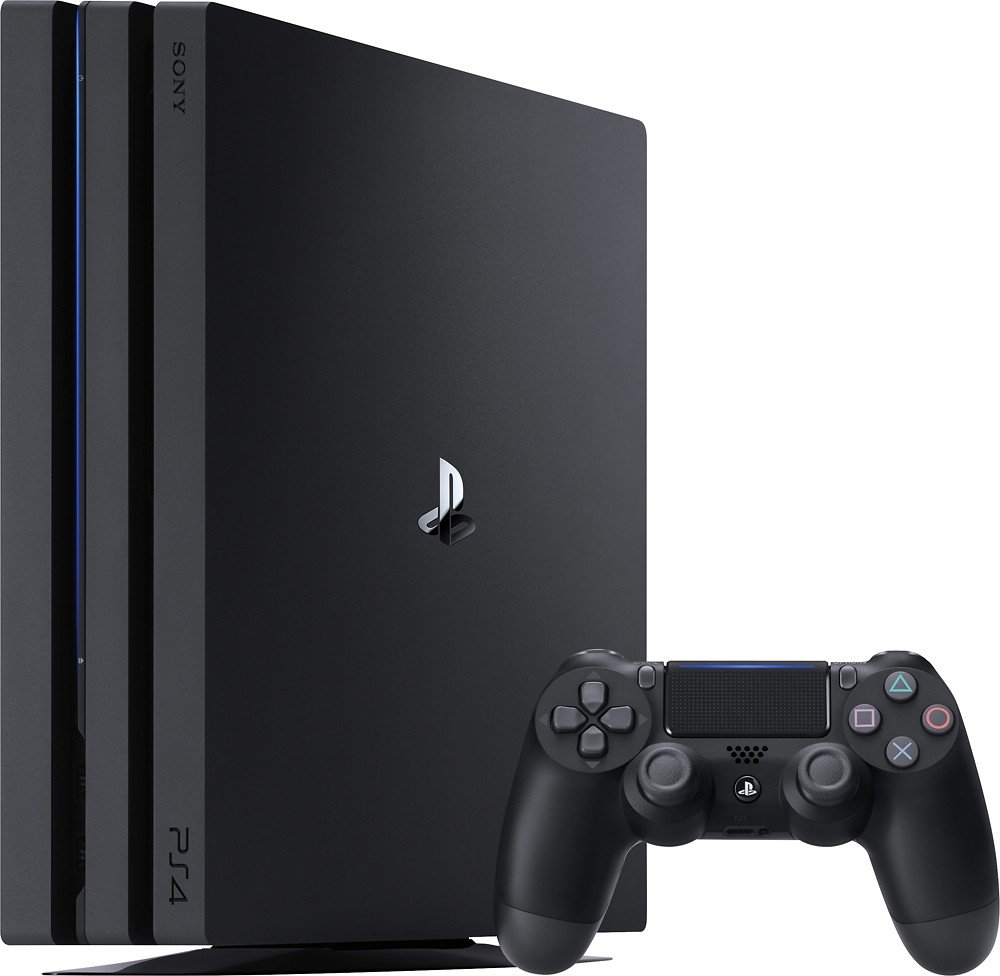


Post a Comment